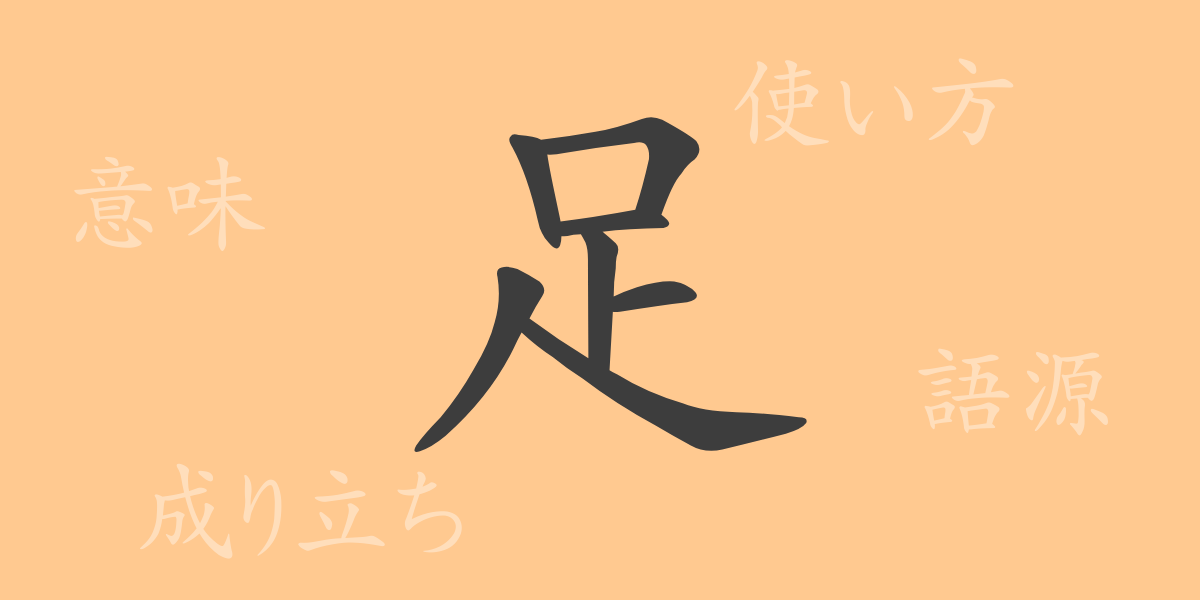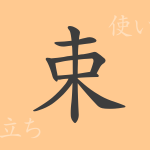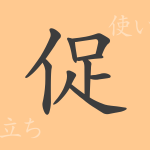Words serve as mirrors of culture, with each Kanji character reflecting the history and values of its country. This article delves into the Kanji “(足)” that intimately relates to our daily lives, exploring its charm from its origins to contemporary usage, including idioms and proverbs. Widely embraced as a common Kanji in Japan, “(足)” encompasses a vast range of meanings and expressions. We hope this article allows you to grasp the depth of “(足)”.
Etymology of “(足)” (そく – Soku)
The Kanji “(足)” has ancient origins, evolving from pictorial characters depicting the shape of a foot. Originally symbolizing the act of standing with feet on the ground, its design has transitioned over time to its current form. This Kanji symbolizes the importance of basic human movement such as walking.
Meaning and Usage of “(足)” (そく – Soku)
“(足)” primarily refers to the lower limbs used for walking in humans and animals. Beyond this, it also carries the meaning of “sufficient” as seen in verbs like “to suffice” or “to add”. Figuratively, it can denote the foundation or support of something.
Readings, Stroke Count, and Radical of “(足)” (そく – Soku)
The Kanji “(足)” exhibits diversity in its pronunciation and form within Japanese:
- Readings: On’yomi (音読み) ‘ソク’ (soku), Kun’yomi (訓読み) include ‘あし’ (ashi), ‘た・る’ (taru), ‘た・す’ (tasu), among others.
- Stroke Count: “(足)” consists of 7 strokes in total.
- Radical: Its radical is “足部” (あしぶ – ashibu), categorized under the foot radical.
Idioms and Proverbs Using “(足)” (そく – Soku) and Their Meanings
Japanese includes numerous idiomatic expressions and proverbs incorporating the Kanji “(足)”, frequently used in everyday conversation, literature, and business:
For example, “(足を引っ張る)” denotes hindering others, “(足が速い)” signifies quick progress or being physically fast, and “(足元を見る)” means taking advantage of someone’s situation for personal gain. These expressions highlight the versatility of “(足)” in the Japanese language.
Conclusion on “(足)” (そく – Soku)
Through this article, you’ve likely gained an understanding of the multifaceted meanings and deep significance of the Kanji “(足)”. Beyond simply referring to a part of the body in Japanese, “(足)” stands as an essential Kanji used across various contexts, revealing cultural insights and historical depth embedded within language. As you continue to explore, consider paying attention to the significance of “(足)” in our daily lives and its broader implications.

























